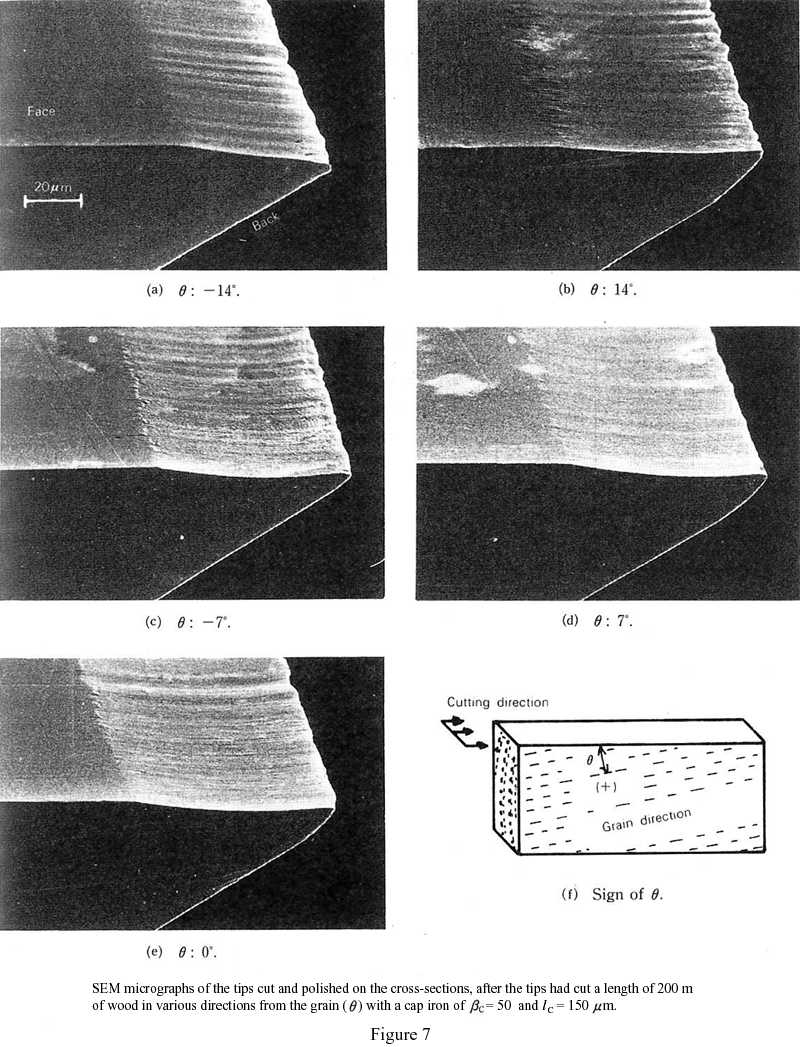
Originally Posted by
Patrick Chase

I know this has been beaten into the ground, but once again: I think you need to make it more clear that your test assumes a completely nonrepresentative mode of use (pushing from the back of the sole, with no downforce).
Real planes are pushed from their totes and knobs, and there is ALWAYS some downforce. The optimum for that configuration will inevitably and necessarily be different, and will favor higher edge angles and lower clearance angles.
In other words, this is a nice science fair experiment that isn't relevant to how planes are used in the real world. I'll keep it in mind if I ever decide to plane by pushing exclusively from the heel of the sole, though.
And while you are at it, rig up some method of measuring the exact amount of downforce being applied.
You will need to include a lot more charts and graphs to include every possible kind of wood and grain combination, every possible bedding angle, different amounts of down force and every metal that was ever used to make a plane blade.
After all is said and done, some folks are just not able to see this as a guide or survey of blade wear in a common 45º bedded plane on wood without knots.
So instead of keeping something a simple guide, let us stir the pot and come up with something that would likely be even more confusing.
In the end, it will likely do nothing to convince me to change what has worked best for my needs over the years.
jtk
"A pessimist sees the difficulty in every opportunity; an optimist sees the opportunity in every difficulty."
- Sir Winston Churchill (1874-1965)





 Reply With Quote
Reply With Quote





